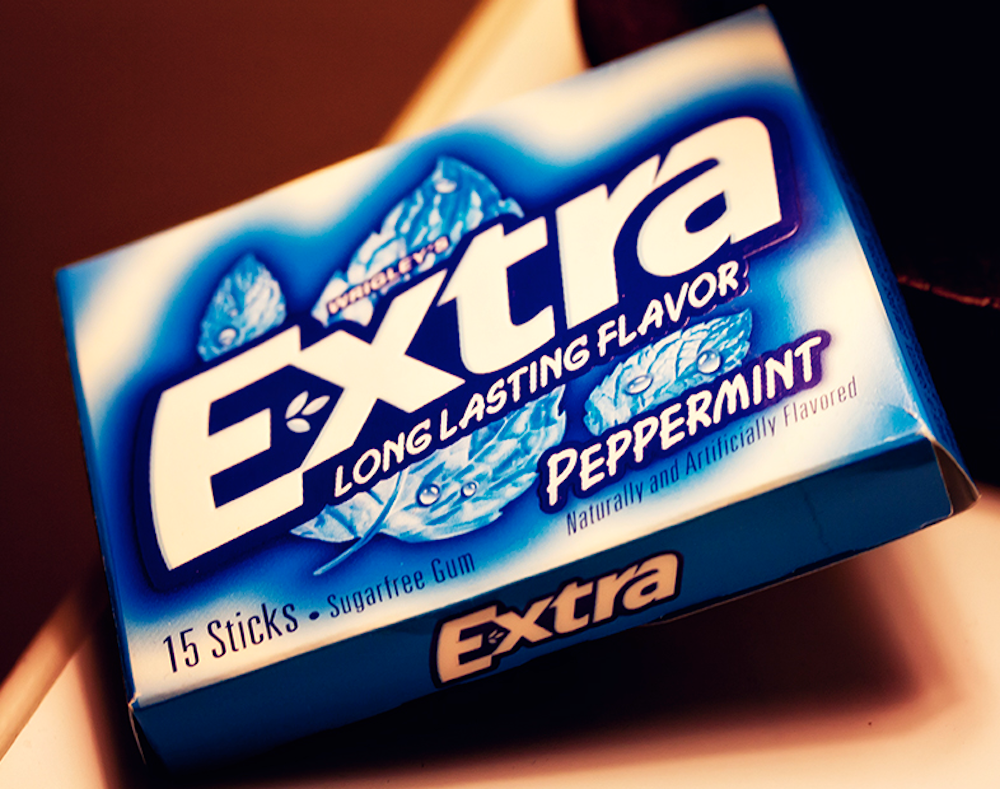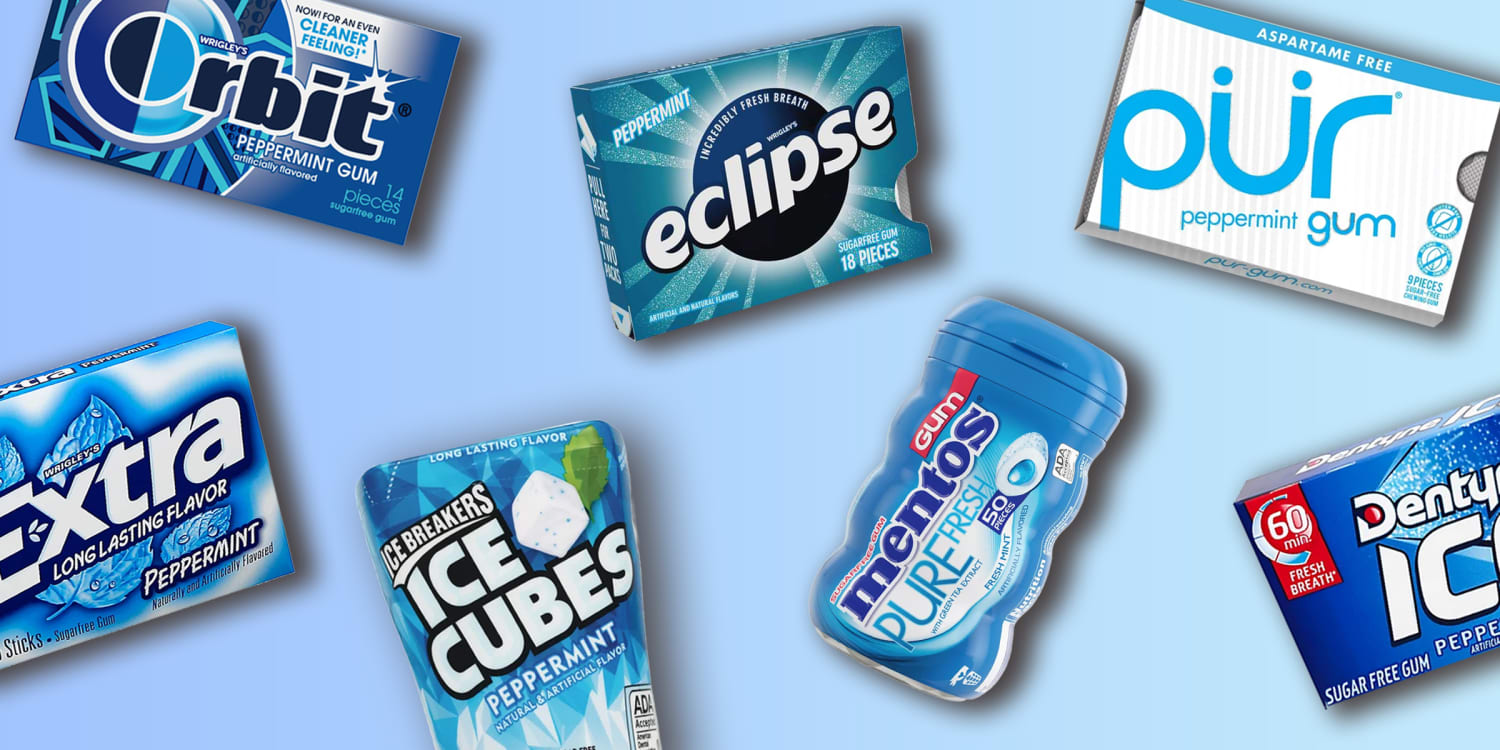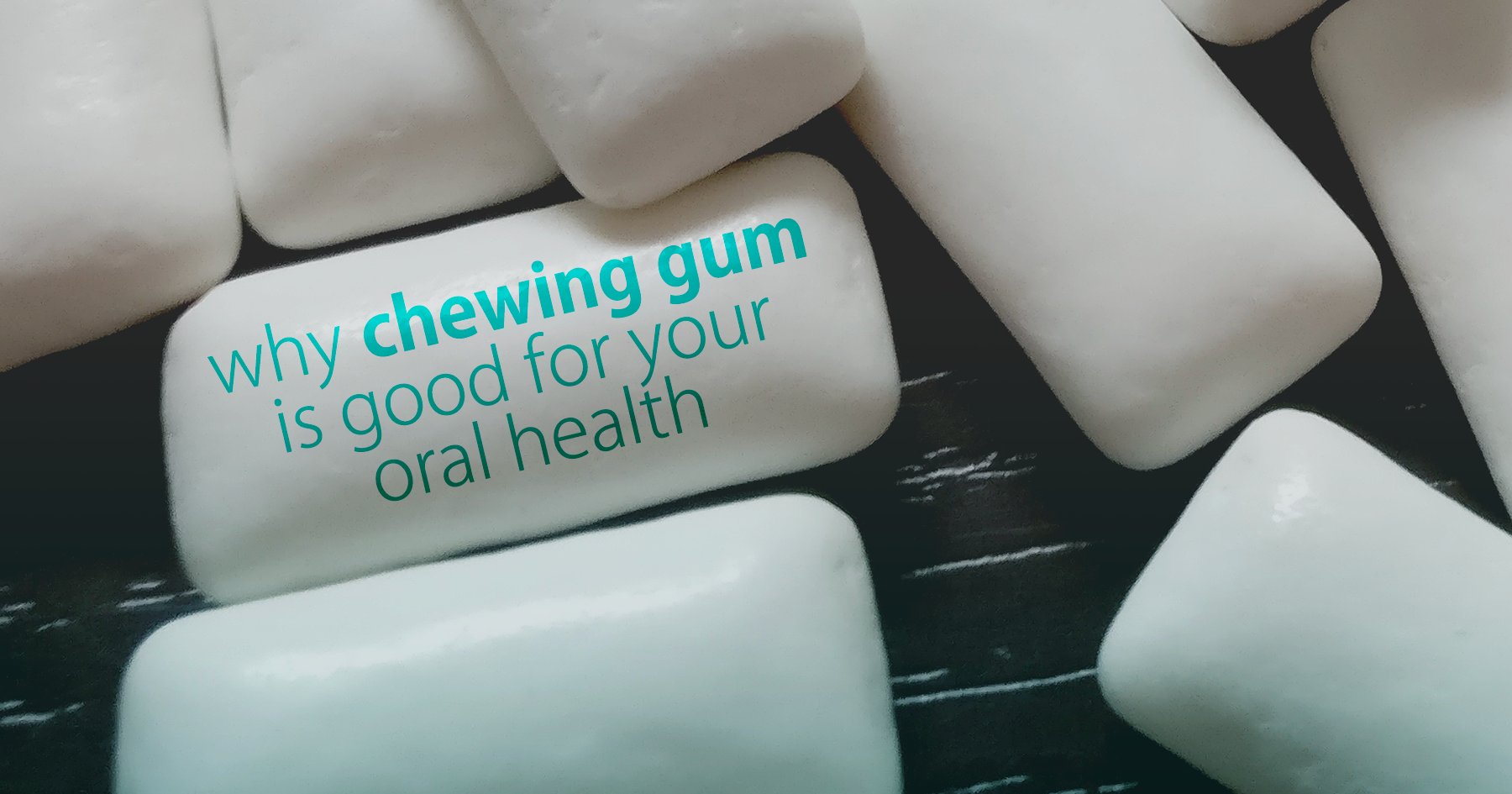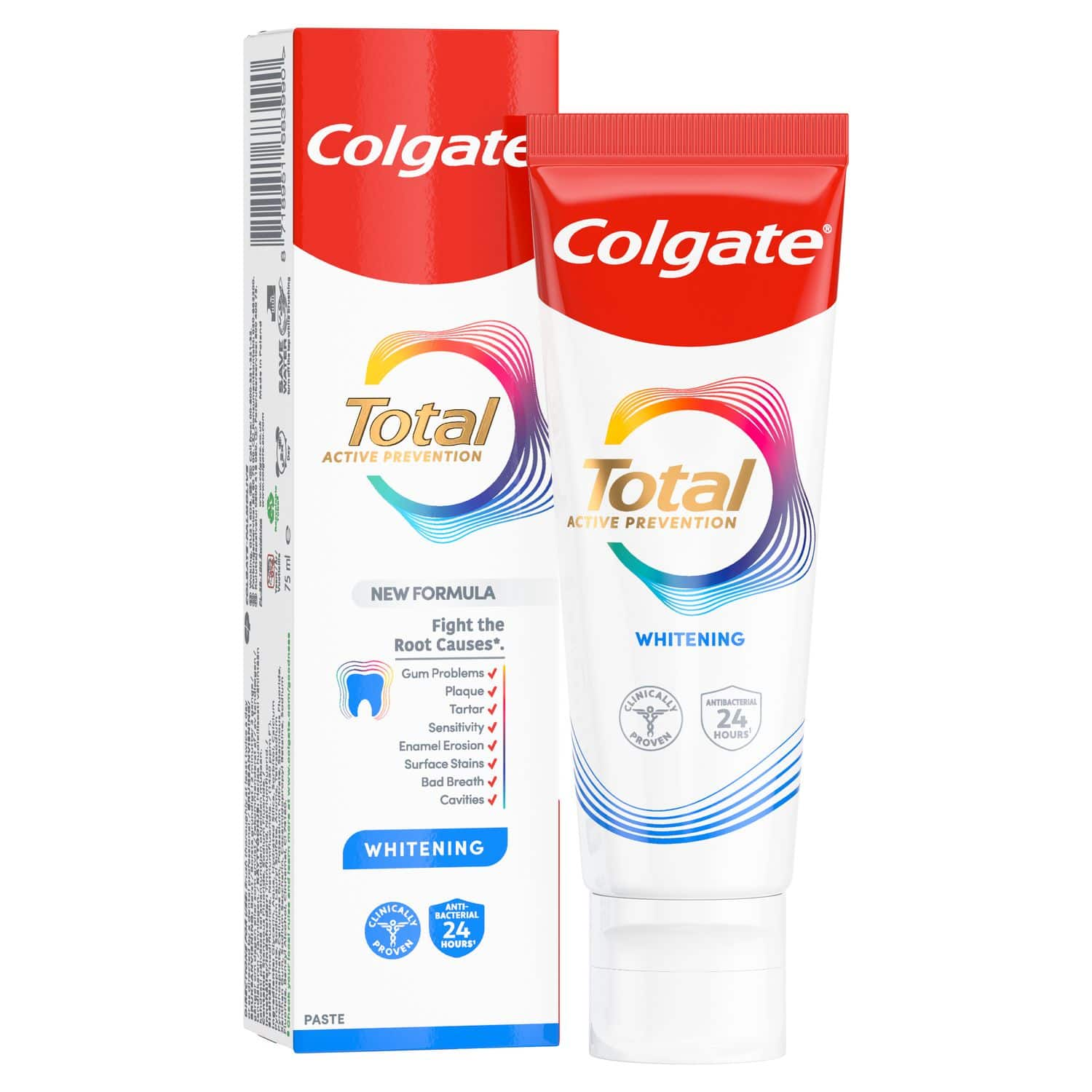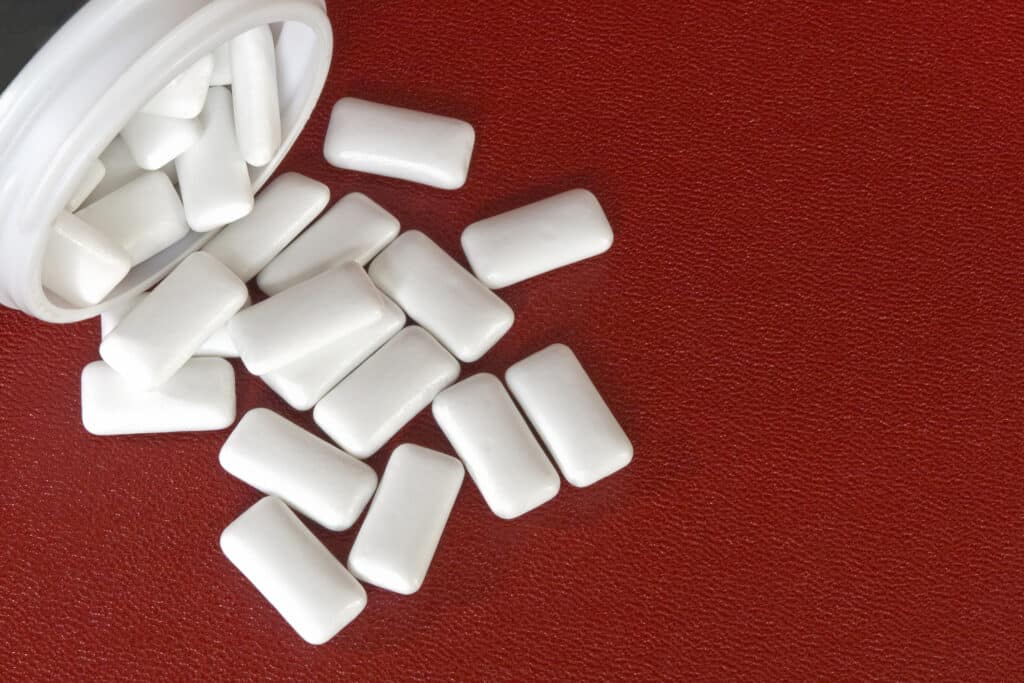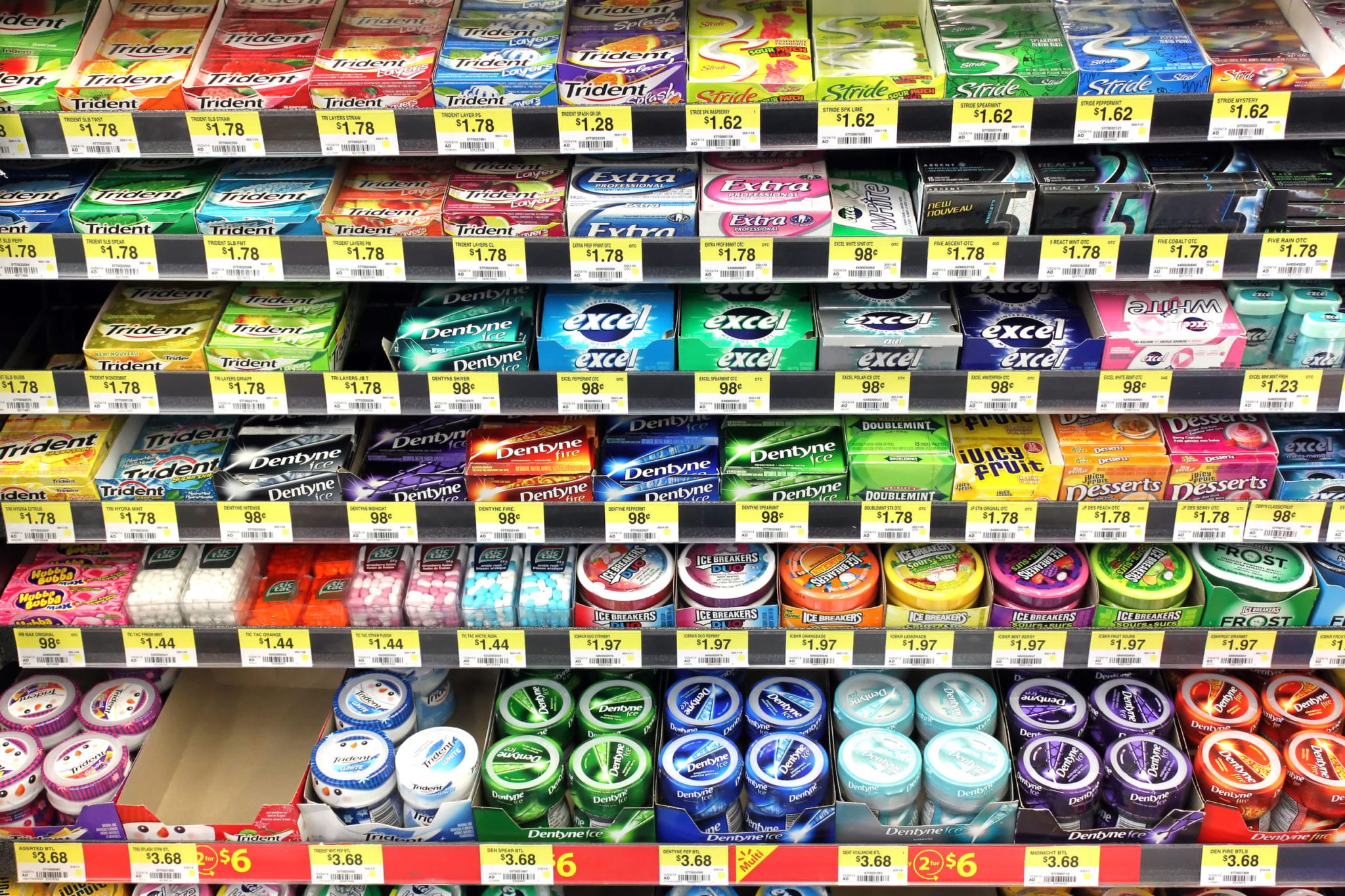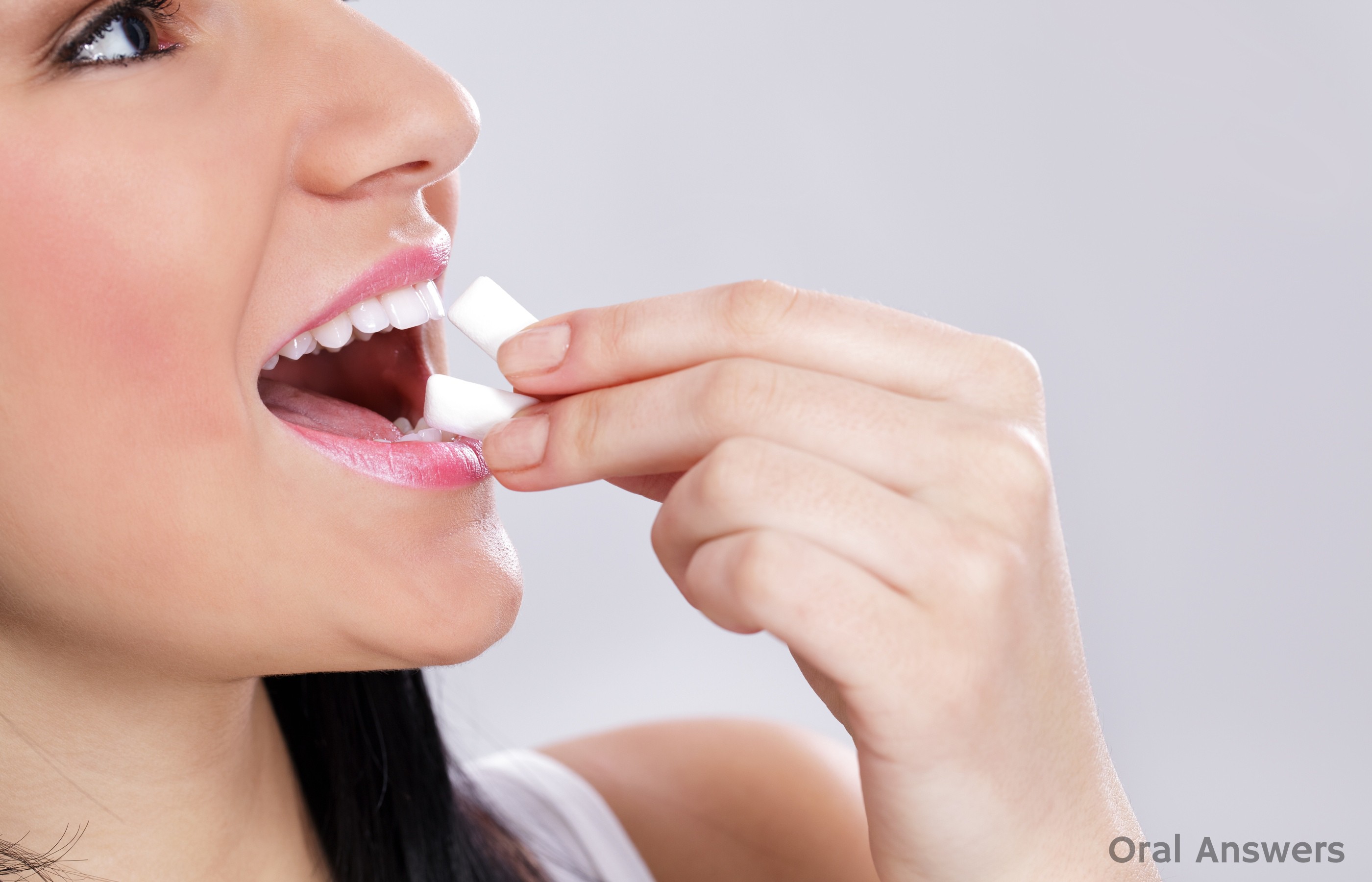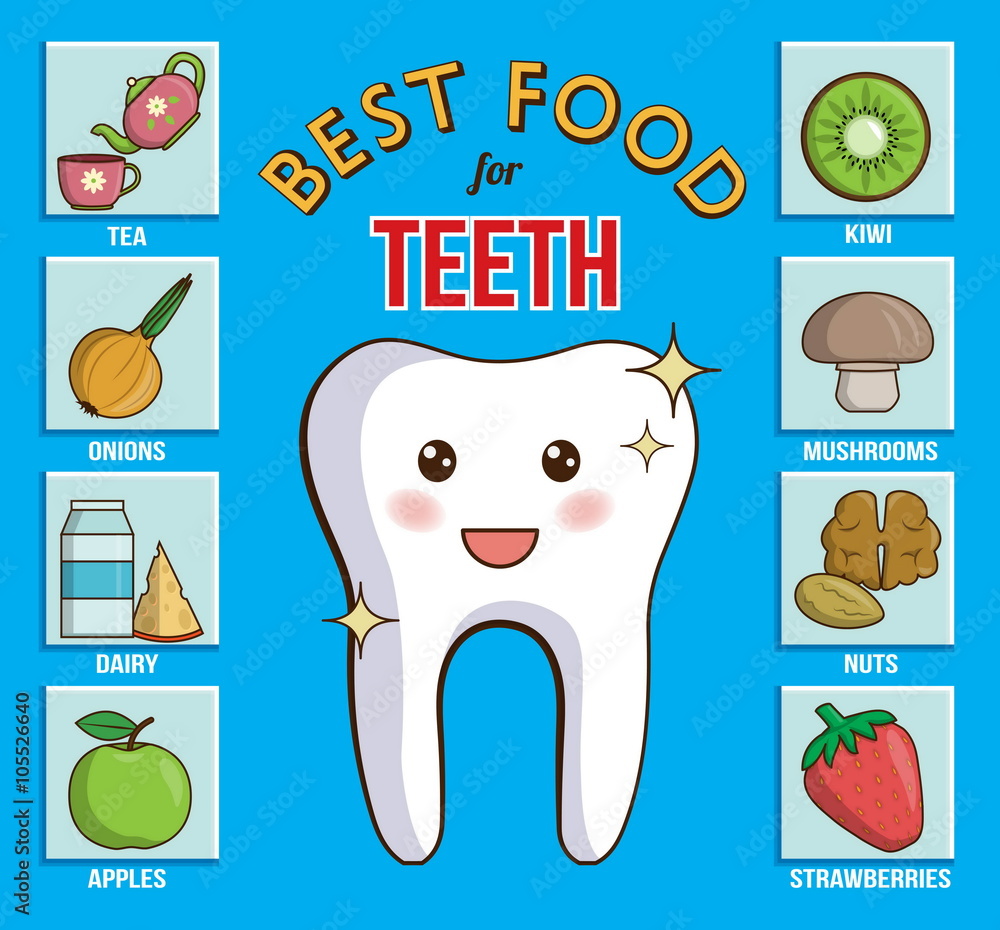Gum That's Good For Your Teeth
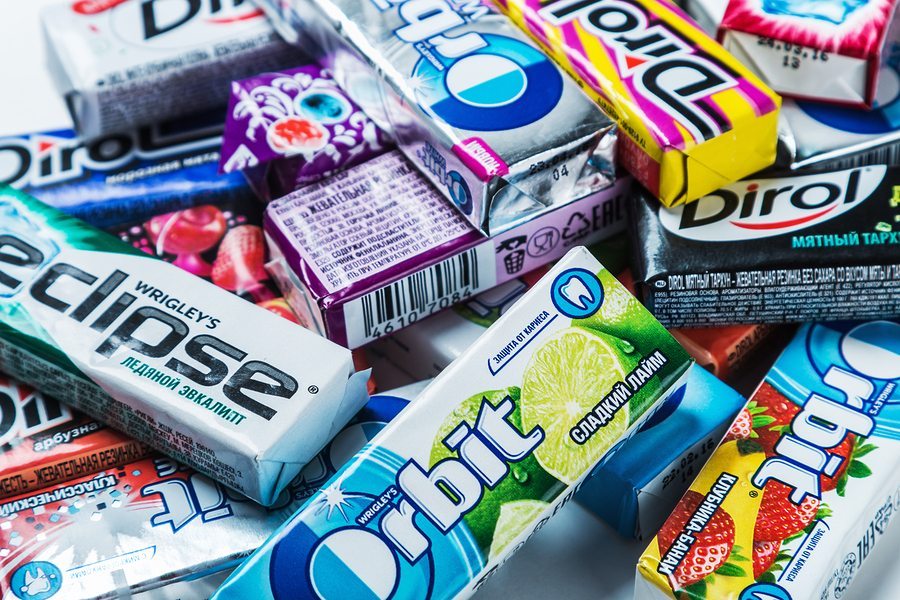
Imagine strolling through a vibrant farmer's market, the air thick with the scent of ripe berries and freshly baked bread. Sunlight glints off colorful produce, and a general buzz of healthy living permeates the atmosphere. Now, picture this: amidst the organic apples and locally sourced honey, a new kind of treat is being offered – gum. But this isn't your ordinary sugary chew; this gum promises a brighter, healthier smile with every chew.
This isn't a scene from a utopian future, but a glimpse into the burgeoning world of functional gum – a chewing gum designed not just for fresh breath, but for promoting oral health. This article explores the science behind this innovative product and its potential impact on dental care.
Functional gum, often referred to as dental or therapeutic gum, is designed to deliver specific health benefits beyond just freshening breath. The key lies in its ingredients, which are formulated to fight plaque, strengthen enamel, and even reduce tooth sensitivity.
The Science Behind the Chew
The concept of using gum to deliver health benefits isn't entirely new. Chewing gum has long been known to stimulate saliva production, which is the mouth's natural defense against acids and bacteria. However, modern functional gums take this a step further by incorporating active ingredients.
One of the most common and well-researched ingredients is xylitol. Xylitol is a natural sugar alcohol that bacteria in the mouth can't metabolize. This prevents them from producing acids that cause tooth decay.
“Xylitol effectively starves the harmful bacteria in your mouth,” explains Dr. Anya Sharma, a leading researcher in preventive dentistry. “It’s a powerful tool for maintaining oral health, especially when combined with regular brushing and flossing.”
Another popular ingredient is calcium phosphate, which helps remineralize enamel and strengthen teeth. Some gums also contain fluoride, a well-established cavity fighter. Still other varieties include probiotics, aiming to introduce beneficial bacteria into the oral microbiome.
A Brief History of Chewing Gum
Chewing gum has a surprisingly long and varied history. Ancient civilizations, from the Mayans to the Greeks, chewed on tree resins and saps for various purposes, including cleaning teeth and freshening breath.
Modern chewing gum emerged in the mid-19th century with the development of chicle, a natural gum base derived from the sapodilla tree. Over time, gum formulations evolved, incorporating sugar, flavorings, and eventually, functional ingredients.
The rise of sugar-free gums in the late 20th century marked a significant shift, paving the way for the development of more health-conscious chewing options.
The Benefits and the Buzz
The potential benefits of functional gum are considerable. Studies have shown that xylitol-containing gum can significantly reduce the risk of tooth decay, particularly in children. It offers a convenient and accessible way to supplement traditional oral hygiene practices.
For individuals with dry mouth, chewing gum can be a simple and effective way to stimulate saliva flow. This can alleviate discomfort and protect teeth from the damaging effects of reduced saliva.
Furthermore, some functional gums are designed to address specific concerns, such as tooth sensitivity. These gums often contain ingredients that help to block nerve signals and reduce pain. The American Dental Association (ADA) has even awarded its seal of acceptance to some xylitol gums, affirming their safety and efficacy.
Navigating the Options
With a growing number of functional gums on the market, it's important to choose wisely. Look for gums that contain clinically proven ingredients like xylitol, calcium phosphate, or fluoride. Also, check for the ADA seal of acceptance, which indicates that the product has been evaluated and found to be safe and effective.
Reading the label carefully is crucial. Pay attention to the ingredients list and the recommended chewing frequency. It is important to use the gum as directed to maximize its benefits.
Consulting with a dentist or dental hygienist can also help you determine which type of functional gum is best suited for your individual needs. They can assess your oral health and recommend specific products based on your unique situation.
The Future of Oral Care?
Functional gum represents a promising trend in oral care. It offers a convenient and enjoyable way to supplement traditional brushing and flossing, potentially improving overall oral health. While it's not a replacement for regular dental visits, it can be a valuable addition to a comprehensive oral hygiene routine.
As research continues and new formulations emerge, functional gum may play an even greater role in preventing dental problems and promoting healthy smiles. The key is to stay informed, choose products wisely, and maintain a consistent commitment to oral hygiene. Dr. Mark Lee, a periodontist, stresses, “Functional gum is an exciting adjunct, but it’s crucial to remember it complements, not replaces, your regular dental care.”
Imagine a future where chewing gum isn't just a guilty pleasure, but a proactive step towards a healthier smile. As the science evolves and the options expand, functional gum may well become an integral part of our daily lives, one chew at a time. And that's a future worth smiling about.
